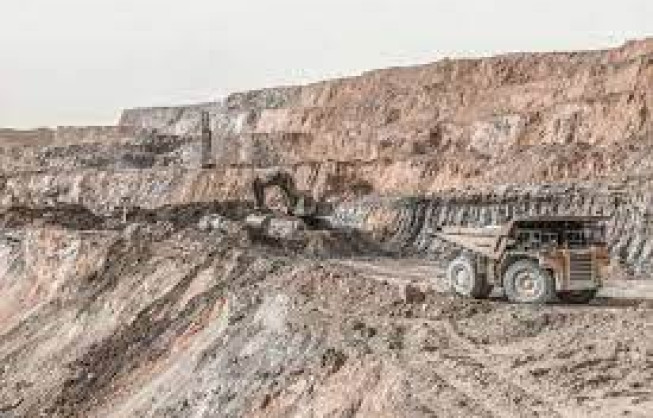India to boost critical minerals mining for clean energy security
India is looking to ramp up critical minerals mining, and the government has decided to significantly increase the area limits granted to individual players by more than fourfold. Critical minerals, essential to various industries and national security, have seen renewed focus from the government, which has been amending laws to make mining more lucrative for players.
Presently, land is granted according to the area limits prescribed under the Mines and Minerals (Development and Regulation) Act (MMDR). While the Act was put in place to prevent cartelisation in the mining sector, it has also proven to be a deterrent to the growth of mining activities in the country. This was evident in the latest round of auctions for mining blocks, which saw low participation due to limitations on the size of mining areas.
To rectify this, the area limit will be expanded from the current 10 square kilometers (sq km) to 50 sq km. For prospecting licenses (granted in the case of a composite license), the limit will be increased from 25 sq km to 100 sq km.
Critical minerals are often found deep underground and have lower recovery rates compared to other minerals like limestone and iron ore. By granting larger areas, exploration and extraction can be made more economically viable for companies considering the challenges involved. The government faced a setback in its earlier auction of critical mineral blocks earlier this year. While 38 blocks were announced for auction, 28 were annulled by the Centre due to a lack of interest from potential bidders.
India’s Rising Interest in Critical Minerals
In a significant step towards self-sufficiency in critical minerals, India announced the winners of bids for mining rights in six blocks containing graphite, phosphorite, and lithium in late June. These are the first private companies to be granted such rights under the recently revamped Mines and Minerals Act. Previously, state-owned entities dominated the sector, but the government is eager to overhaul the status quo.
Copper, lithium, nickel, and cobalt are playing a pivotal role in the global shift towards clean energy. These, along with some rare earth elements, are essential for the development and deployment of green technologies. Lithium demand rose by 30% in 2023, followed by nickel, cobalt, graphite, and rare earth elements, which saw an 8% to 15% growth, with the aggregate value of such minerals pegged at $325 billion, according to the International Energy Agency (IEA).
The importance of critical minerals cannot be overstated given their use in a wide range of sectors. Over the last few years, critical minerals have gained strategic importance, forcing the government to revise its policies. The MMDR Act also gives the government the power to scale up the area but only if it is in the interest of the development of a mineral or industry.
According to a PwC report on “Mine 2024: Preparing for Impact,” India and Asia, along with the developing world, will witness a boom in the mining of iron ore, copper, and other commodities, fueled by rapid urbanisation and infrastructure projects. As incomes rise in these regions, consumer spending is also likely to climb, further propelling demand for these essential materials.
The PwC report also emphasises that countries around the world have woken up to the looming shortage of critical minerals, sparking fierce competition among them and companies to secure these vital resources. The rapid growth in demand has triggered significant price swings, creating a high-risk, high-reward environment for investors. This is attracting new players to the market while pushing others to prioritise the most stable of these minerals for their long-term needs. Naturally, India wants to be a frontrunner in this arena.
India faces a critical challenge in securing a steady supply of minerals crucial for clean energy technologies. The country relies entirely on imports for lithium, cobalt, and nickel, and a staggering 95% of its copper needs come from outside its borders. China is a major supplier or processor of many of these minerals and holds significant sway in the market. Even though India has ample natural reserves of some of these minerals, they haven’t been fully explored or tapped. India also recently discovered lithium reserves in Jammu and Kashmir (J&K), which has triggered hope for some self-sufficiency in this mineral.
Despite the rising significance of critical minerals, the government and policymakers must tread cautiously and ensure responsible practices are in place while mining. Broad terms like ‘strategically important sector’ should not be used to bypass environmental concerns.
Increased mining activity can have ecological consequences, and hence conducting environmental impact assessments should be prioritised before policy changes. Moreover, the government must incentivise the use of improved technology, as it can minimise environmental impact by reducing embodied carbon during extraction and maximising mineral recovery from existing ores. This is necessary considering India’s ambitious climate goals and to comply with potential future carbon border adjustment mechanisms. Besides the obvious looming threats, climate change-induced events pose the greatest national threat.






نظر: